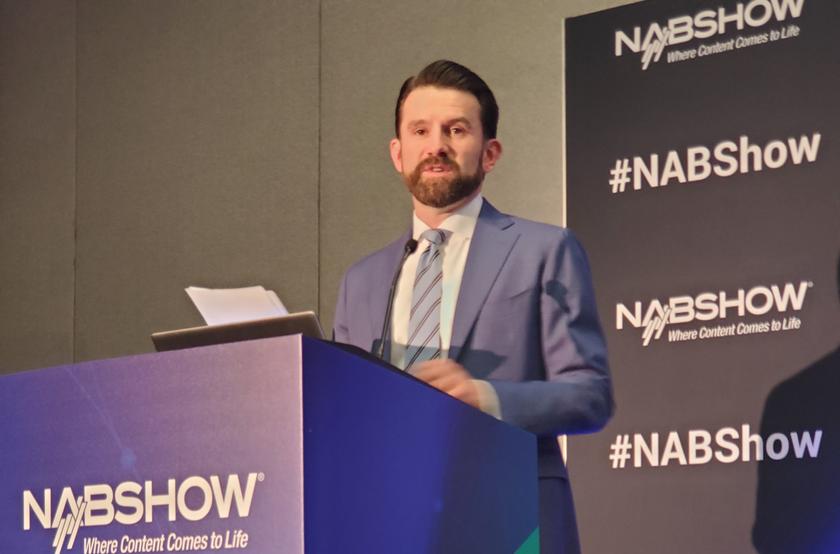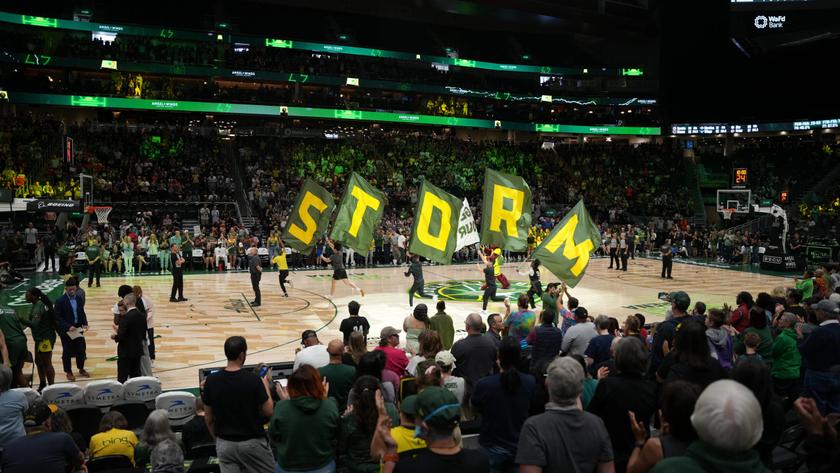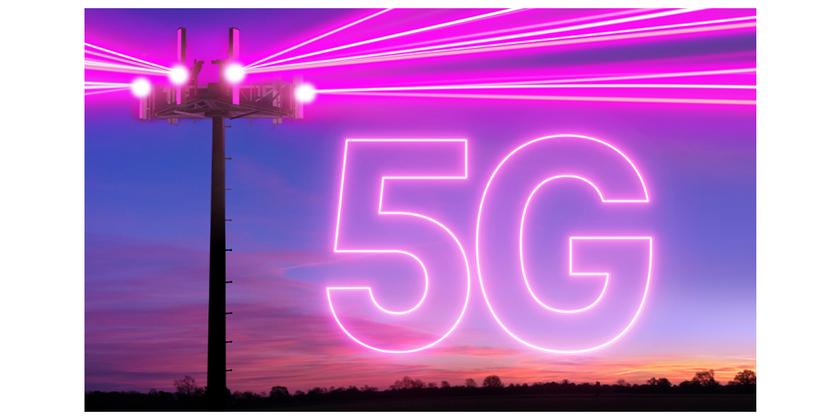Advocates Ask FCC to Protect ENG Band, Wireless Mics
WASHINGTON—A group of industry associations representing broadcasters and advocates for users of unlicensed wireless (“white space”) devices, is asking the FCC to reconsider its proposal to prevent the relocation of TV stations to areas of the broadcast spectrum used by such unlicensed devices and wireless microphones (so-called “duplex gaps”).
Last year, the commission—in its Framework Order outlining its rules for conducting the spectrum auction, noted the “public interest benefits” of developing a spectrum allocation strategy that would allow the use of unlicensed devices in the 6 MHz portion of the duplex gap nationwide, while also acknowledging that eliminating reserved spectrum for wireless microphones in the same band could jeopardize the ability of ENG crews to deliver breaking news.
Last month, the commission issued an NPRM that would prevent TV stations from being placed in a UHF channel reserved for wireless microphones or unlicensed devices. Such a proposal would upset the “balance” between broadcasters’ ability to deliver breaking news and the use of wireless microphones and unlicensed devices, the groups said.
“This balance would provide unlicensed users with a common channel that would be available in every market nationwide, which is vital to facilitating promised private investment in the WiFi chips and devices that require national markets,” the group--which includes the NAB, Microsoft, Consumers Union and Common Cause--told the commission. “It would also provide wireless microphones with a small amount of exclusive use of spectrum that could be used to cover breaking news and emergencies.”
The group urged the FCC not to “walk away” from its commitment to preserve the duplex gap for sharing between wireless microphones and TV white space devices in every market nationwide.
“Relocating television stations in the duplex gap in certain markets will render the gap in those markets unusable by either unlicensed devices or wireless microphones in those areas where the penetration characteristics of low-band spectrum are most needed,” the group wrote. “The proposal would hamper reporting of breaking news in the most populous cities.”
The groups recommended that the commission stick with its earlier policy.
Get the TV Tech Newsletter
The professional video industry's #1 source for news, trends and product and tech information. Sign up below.
“We ask the commission to reconsider the earlier proposal to repack broadcasters that do not have a home in the reduced broadcast band in either the uplink or downlink section of the wireless portion of the 600MHz band,” the group said. “This approach provides the commission with the flexibility it needs to execute its variable band plan, and preserves the balance it originally achieved for the duplex gap by reserving it for unlicensed use and licensed wireless microphones.
Tom has covered the broadcast technology market for the past 25 years, including three years handling member communications for the National Association of Broadcasters followed by a year as editor of Video Technology News and DTV Business executive newsletters for Phillips Publishing. In 1999 he launched digitalbroadcasting.com for internet B2B portal Verticalnet. He is also a charter member of the CTA's Academy of Digital TV Pioneers. Since 2001, he has been editor-in-chief of TV Tech (www.tvtech.com), the leading source of news and information on broadcast and related media technology and is a frequent contributor and moderator to the brand’s Tech Leadership events.

Former FCC Chairs Accuse FCC of Acting as the `White House’s Personal Censor’

FCC Launches Proceeding on GPS Alternatives









